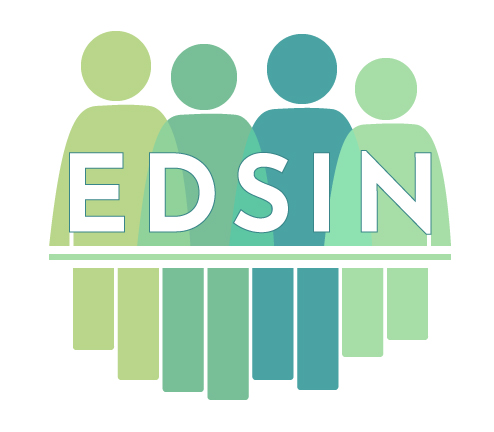Actually, Data Science CAN Be Accessible: Barriers to inclusion of people with disabilities in the data science workforce pipeline and ideas for lowering them
Author(s): Andrew Osborne Hasley
North Carolina State University Biotechnology Program
3032 total view(s), 500 download(s)
Description
If you were designing a course or employee training that introduces participants to writing and executing code, statistical analyses, and data visualization, what would you do to make it inclusive of participants with disabilities? What sorts of accessibility issues might you anticipate? How might you address them before you even know who the participants are? Why shouldn’t you just wait until you have a participant with a disability and work with them directly to make accommodations? Confidently answering such questions can be daunting. It requires knowing what disability is, awareness of some barriers to participation in data science by people with disabilities, some knowledge of tools and strategies for lowering those barriers, and above all, creativity. In this talk, I will address each of these, drawing on personal experience as a student and professional with a severe visual impairment, and knowledge gained from colleagues and friends during ongoing efforts in the area of accessible teaching in quantitative biology. Audience members will leave this talk with a better understanding of barriers to recruitment and training of people with disabilities in data science and some tools and strategies to lower them. They will also learn about areas requiring more attention. My primary goal is to leave audience members with the confidence that they can indeed help address the substantial underrepresentation of people with disabilities in this vital, growing field.
Notes
This version only changes the original by including a YouTube link to a video of the presentation being delivered at the 2019 EDSIN Conference. The video is captioned.
Cite this work
Researchers should cite this work as follows:
- Andrew Osborne Hasley (2020). Actually, Data Science CAN Be Accessible: Barriers to inclusion of people with disabilities in the data science workforce pipeline and ideas for lowering them. EDSIN: Environmental Data Science Inclusion Network, (Version 1.1). QUBES Educational Resources. doi:10.25334/VR0N-E805
